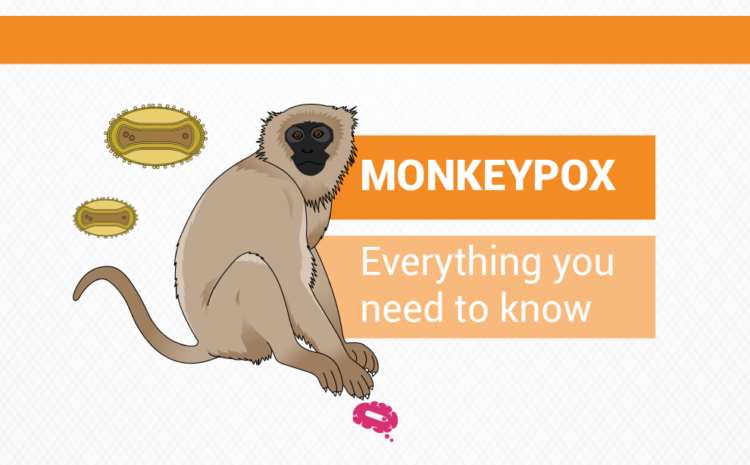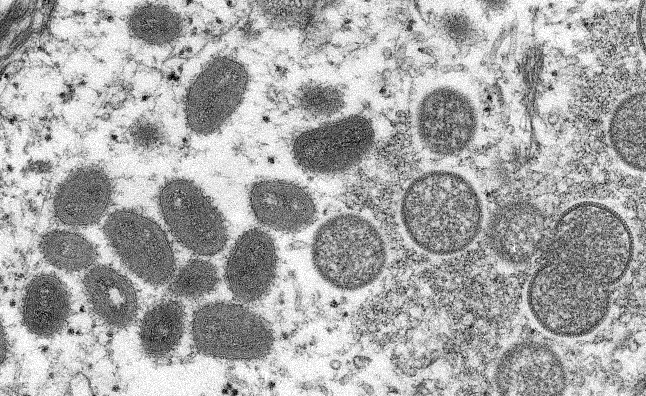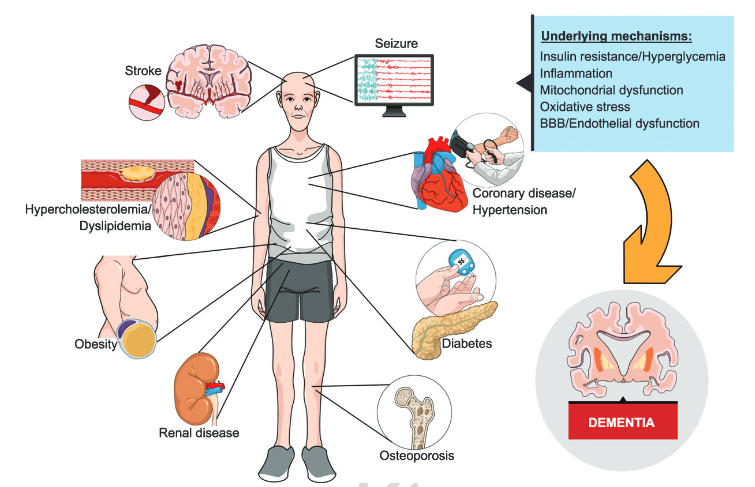As the world recovers from the epidemic of covid, another disease is spreading. The rare but fatal monkeypox is caused by a virus that attacks monkeys and other animals in forested areas of the African continent, however, cases have been documented in other parts of the world as well.
Currently, monkeypox does not pose a great threat to public health. Yet, communities most susceptible to the virus need close surveillance and better awareness. In this article, we take a look at what monkeypox is and how to identify its symptoms and recommend steps to prevent it.
What exactly is monkeypox?
The monkeypox virus causes monkeypox, a rare but not a deadly disease. Poxviridae or the family of poxviruses contains the monkeypox virus. Monkeypox can be spread through close physical contact with an infected animal or individual. In humans, the disease typically spreads through skin-to-skin contact with someone who has a monkeypox rash, sores, or scabs on their skin.
Additionally, monkeypox can be transmitted via respiratory droplets, oral fluids, and direct or intimate contact between people. A person can also contract monkeypox from clothing, bedding, or other surfaces contaminated with the monkeypox virus.
The Monkeypox outbreak
The first documented cases of monkeypox occurred in 1958 in colonies of monkeys being kept as research subjects. Although known as monkeypox, the disease’s origin remains unknown.
Possible, animals such as African rodents and monkeys may harbor the virus. Monkeypox was first reported in humans in 1970. Many other countries in central and western Africa have reported monkeypox cases since then.
Viral infections that were once relatively isolated are spreading more easily in an increasingly globalized world. During the summer of 2021, a U.S. resident returned from Nigeria with monkeypox. Following that, outbreaks occurred in Europe, the United States, and Australia outside of Africa in 2022.
Smallpox and Monkeypox – How they are related
Smallpox and monkeypox both belong to the same family of viruses. Among Orthopoxvirus genus’ members is the variola virus which causes smallpox, and the cowpox virus.
There is some similarity in monkeypox symptoms to smallpox symptoms, but it is less severe; and monkeypox rarely causes death. To date, no deaths have been reported.
Despite this, monkeypox can cause serious complications such as pneumonia and inflammation in your brain (encephalitis) and eyes. Remember that chickenpox and monkeypox are completely different diseases.
What are the signs and symptoms of monkeypox?
Some days or weeks may pass after exposure before you experience symptoms. Flu-like symptoms that may accompany monkeypox include:
- Having a fever
- Feeling uneasy and cold
- Having a headache
- Aches in the muscles
- Weakness
- Nodes of the lymphatic system swollen
- Nasal congestion
- Blisters on the skin
A rash often develops within a few days. Rashes may appear as red, flat bumps and may be painful. Blisters form and pus fills the blisters. It takes two to four weeks for the blisters to crust over and fall off. An individual can also get lesions in their mouth, vagina, or anus.
Monkeypox does not affect everyone in the same way. It appears that many of the current cases do not follow the normal pattern of symptoms. Few lesions, no swollen lymph nodes, and little fever. Some people don’t even know they have it. The spread of infection can still occur even if there are no symptoms.
The spread of the disease
Animals and people with monkeypox can spread it to you if they come in contact with each other. Viral transmission occurs when the skin of an animal, such as from scratches or bites, is broken, or when blood, fluids, or lesions of a sick animal are in contact with the human body.
Monkeypox can spread, but it is seldom seen. It is possible to touch an infected person’s sores, scabs, respiratory droplets, or oral fluids when cuddling, kissing, or having sexual contact with them. Intimate contact can spread monkeypox, but it is not technically an STI per se. The virus may be transmitted via semen or vaginal fluid, but researchers are not 100% certain of its transmission mechanism. A person or animal who has recently come in contact with contaminated materials, like apparel or bedding, will also be susceptible to monkeypox.
How to diagnose and treat monkeypox
When your healthcare provider diagnoses monkeypox, he or she takes a tissue sample from an open wound/lesion. After that, the samples are sent to a lab to be tested by polymerase chain reaction (PCR). There is also a chance that a blood sample will be needed to test for the monkeypox virus or antibodies you make against it to understand more.
There is typically a two- to four-week period of symptoms when monkeypox occurs. In the majority of cases, people with monkeypox will recover without the need for any treatment. If you are diagnosed, your healthcare provider will monitor you, try to relieve your symptoms, prevent fluid loss, and recommend antibiotics if you are exposed to another infection. Currently, there is no approved treatment for monkeypox. It’s not known whether antiviral drugs help treat monkeypox.
Prevention is better than cure
In clinical trials, the smallpox vaccine is promising against monkeypox, but it is not currently available for use.
Keeping infected animals away from humans and limiting person-to-person transmission are critical components of prevention. Preventing the spread of the monkeypox virus is as simple as:
- Keep your distance from infected animals (especially those that are infected or dead).
- Virus-contaminated bedding and other materials should be avoided.
- Ensure that all foods containing meat or animal parts are adequately cooked.
- Frequent handwashing with disinfectant and water is recommended.
- Be careful when interacting with people who might be infected.
- Ensure you are a responsible sex partner, which includes using protection and barrier methods.
- Surfaces that are frequently touched should be cleaned and disinfected.
- When caring for a person infected with the virus, wear personal protective equipment (PPE) and a mask.
Consider seeking medical attention if you notice a new or unexplained rash. Please do not panic and take safety measures. Unlike smallpox, this disease isn’t life-threatening. It usually subsides in a few weeks. You might want to take precautions while you’re at it.
Infographics are a great way to communicate science visually
A disease such as monkeypox would have been harder to explain without infographics. Hence, you can see the potency of visual communication of science is so strong and yet so simple.
Infographics like these are great for generating awareness even among the general public. We at Mind the graph help the scientific community convey their message better with the power of infographics. For more information, visit our website.

Subscribe to our newsletter
Exclusive high quality content about effective visual
communication in science.






